Consumer Preferences
Consumer preferences are playing a pivotal role in shaping the Printing Paper Market. As digital media continues to proliferate, there is a noticeable shift in how consumers engage with printed materials. Despite the rise of digital alternatives, many consumers still value the tactile experience of printed paper, particularly in sectors like publishing and stationery. Recent surveys indicate that a significant portion of consumers prefers printed materials for certain applications, such as invitations and marketing collateral. This enduring preference for physical products is driving demand for high-quality printing paper. Furthermore, trends towards personalization and customization are influencing consumer choices, as individuals seek unique and tailored printed products. Manufacturers that can effectively respond to these evolving preferences are likely to thrive in the competitive landscape of the Printing Paper Market.
Regulatory Compliance
Regulatory compliance is increasingly becoming a critical driver in the Printing Paper Market. Governments around the world are implementing stricter regulations regarding environmental sustainability and product safety. These regulations compel manufacturers to adhere to specific standards in their production processes, particularly concerning the use of chemicals and waste management. Compliance with these regulations not only ensures legal operation but also enhances brand credibility among consumers who are increasingly concerned about environmental issues. Data indicates that companies that proactively engage in compliance measures are likely to experience a positive impact on their market share. Additionally, as regulations evolve, there is a growing need for manufacturers to innovate and adapt their products to meet these standards. This dynamic creates both challenges and opportunities within the Printing Paper Market, as companies navigate the complexities of regulatory landscapes.
Sustainability Initiatives
The Printing Paper Market is increasingly influenced by sustainability initiatives. As consumers and businesses alike become more environmentally conscious, there is a growing demand for eco-friendly paper products. This shift is prompting manufacturers to adopt sustainable practices, such as using recycled materials and reducing waste in production processes. According to recent data, the market for recycled paper is projected to grow significantly, indicating a strong consumer preference for sustainable options. Companies that prioritize sustainability are likely to gain a competitive edge, as they align with the values of modern consumers. Furthermore, regulatory pressures are also driving the industry towards greener practices, as governments implement stricter environmental regulations. This trend not only enhances brand reputation but also opens new market opportunities for innovative, sustainable products.
Technological Advancements
Technological advancements are reshaping the Printing Paper Market in profound ways. Innovations in digital printing technology, for instance, are enabling faster production times and higher quality outputs. The integration of automation and artificial intelligence in manufacturing processes is streamlining operations, reducing costs, and enhancing efficiency. Data suggests that the adoption of digital printing is on the rise, with a notable increase in demand for short-run printing jobs. This shift is compelling traditional paper manufacturers to adapt and invest in new technologies to remain competitive. Additionally, advancements in paper coating and finishing techniques are allowing for greater customization and versatility in paper products. As technology continues to evolve, it is likely that the Printing Paper Market will witness further transformations, leading to new product offerings and improved customer experiences.
Diversification of Applications
The diversification of applications for printing paper is a key driver in the Printing Paper Market. As various sectors, including education, advertising, and packaging, continue to expand, the demand for specialized paper products is increasing. For instance, the rise of e-commerce has led to a surge in demand for packaging paper, as businesses seek to enhance their branding through custom printed materials. Additionally, the educational sector remains a significant consumer of printing paper, with schools and universities requiring high-quality paper for textbooks and other materials. Market data indicates that the demand for specialty papers, such as those used in art and design, is also on the rise. This diversification not only broadens the market scope but also encourages innovation in product development, as manufacturers strive to meet the unique needs of different industries.



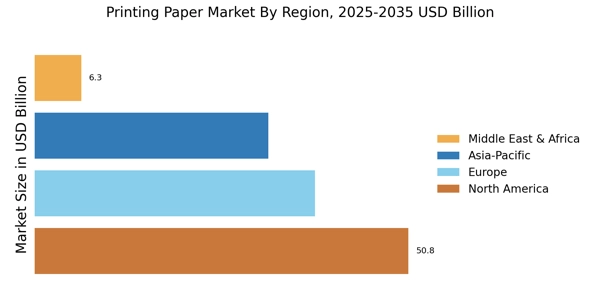

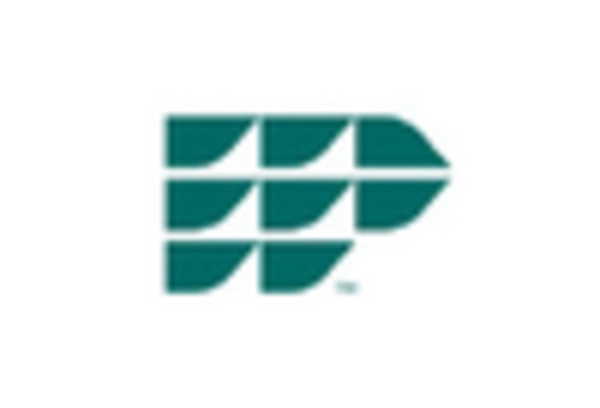

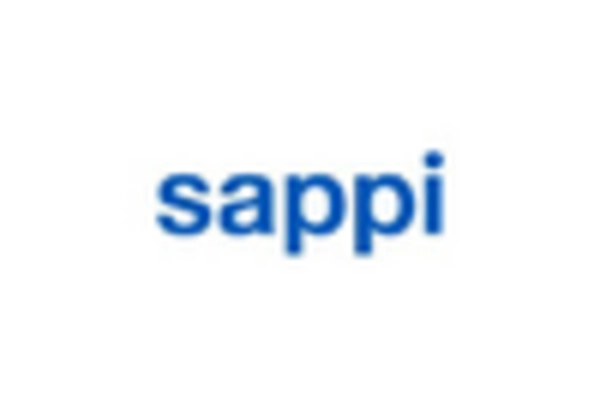
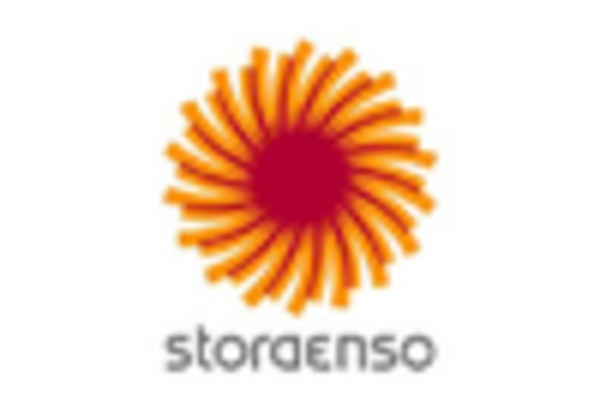
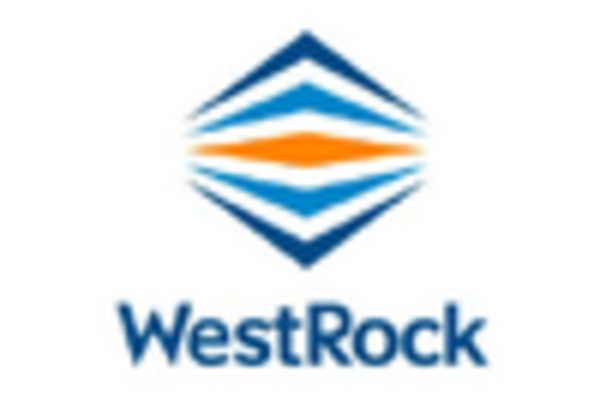








Leave a Comment